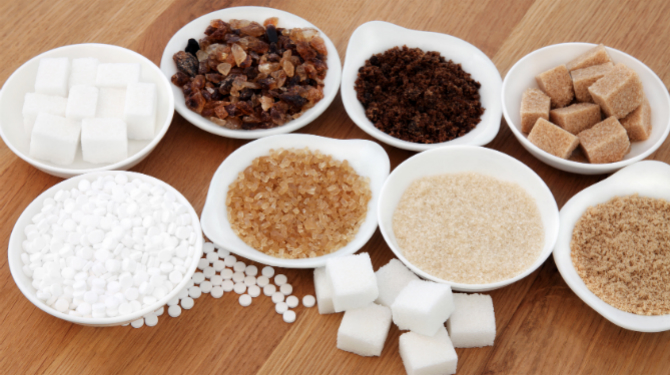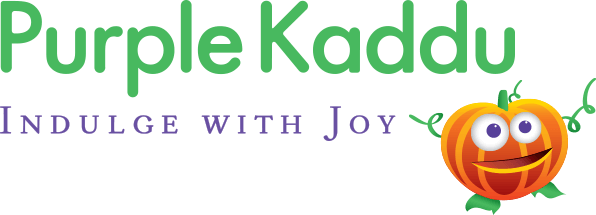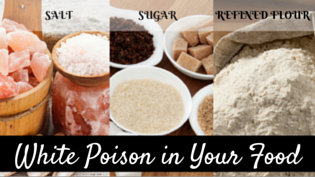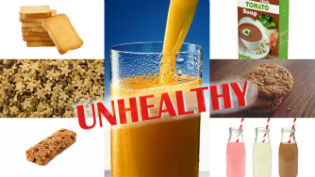
Sugar Aliases You Should Know

You wish to control the sugar intake due to health constraint or to manage your weight, so you look out for the word “Sugar” on the ingredient label.
Take a note "Sugar"can also sneak through using many of its other disguises. Here's a list of some of the ingredient you need to watch for:
Barley Malt: This grain-based sweetener comes in powdered concentrate and syrup form. Barley malt syrup is considered to be healthy sweetener as compared to others due to low glycemic index, a term used to indicate blood sugar increase caused on consumption of food. Barley Malt is less sweeter as compared to Table Sugar and hence its advantage is nullified if consumed in higher quantity to make for lack of sweetness.
It should be noted that Malt syrups produced from wheat, rye, oats and rice are used as source are extremely high in carbohydrates and can therefore drastically raise blood sugar levels.
Cane sugar: Cane sugar produced from sugarcane has the ability to drastically raise blood pressure and cholesterol, and to contribute to insulin resistance, if consumed in large amount, thereby leading to high blood sugars. If used in raw form i.e. unrefined, the sugar does contain some minerals and vitamins.
Demerara sugar: Demerara sugar is a type of brown sugar, which is produced from sugar cane. The brown colour is due to presence of molasses which besides giving colour also gives some nutrition in form of minerals. In commercial production molasses is generally added to refined sugar to control percentage of molasses rather than less refining of the sugar so percentage molasses is retained in the sugar.
The molasses present in Demerara sugar is very less resulting in this variant having a very light brown colour. In terms of calories, Demerara sugar is contains nearly as much as the white sugar. The presence of nutrition in the sugar depends on type and concentration of molasses.
Dextrose: Dextrose is produced by processing various starchy plants unlike table sugar which produced from sugar cane. Dextrose is similar to glucose with the difference that it contains water in addition to glucose. Like sugar, it has the ability to raise the acidity of your blood, and has been linked with high cholesterol, heart disease, and obesity.
Food labels may contain one of following terms to denote presence of Dextrose: Dextrose Monohydrate, Corn Sugar, Wheat Sugar or Rice Sugar.
Fructose/Fruit sugar: It is the sugar found in honey and fruits (except grapes). Food products may use one of the following ingredients which contains fructose: corn fructose, high-fructose corn syrup, fruit fructose, fruit sugar, invert sugar syrup, beet sugar, brown sugar, tupelo honey, honey and unpasteurized honey.
There are studies that indicate that fructose, if consumed with other form of sugars such glucose or sucrose (table sugar) may aggravate triglycerides and cause losses of essential mineral chromium. When you eat fruits, the fiber and water in the fruit dilute the fructose and make it safer.
Glucose: Glucose is form of Sugar burned by all of the body’s cells for energy and is needed for brain function. Complex carbohydrates and starch found in food such as vegetables, fruits and greens are broken down into glucose during digestion. In some circumstances, glucose is derived by breaking down protein and fat.
If Glucose is ingested directly by consumption of foods such as Dextrose, Corn Syrup, Grape Sugar, Glucose Syrup, Corn Sweetener or Glucose Syrup, rather than from breaking down of complex carbohydrates, it causes a sharp increase of blood sugar and then a sharp drop as well causing fatigue.
High Fructose syrups: Pure fructose is 1.2-1.8 times sweeter than sucrose so less is needed for the same level of sweetness. Some studies indicate that fructose is linked to significant increases of both cholesterol and triglycerides. If you check the ingredients list and find high-fructose corn syrup is one of the top ingredients, this food isn’t your best choice.
Honey: The nutritional benefits of honey is lost on processing or cooking. Thus, presence of honey in the ingredient list of a food product does not mean you are getting the goodness of honey.
Invert Syrup: Invert syrup is a liquid sugar that contains glucose and fructose. Food manufacturers use this ingredient as it gives smooth mouth feel, retains moisture, gives browning and increases shelf life.
Glucose and Fructose present in the Invert Syrup are readily absorbed and raise the blood sugar level. People who are watching their sugar intake, should consider this as another form of sugar and consume it accordingly.
Maple Sugar/ Syrup: Maple Syrup, produced from sugar maple or other species of maple tree, is more nutritious then refined table sugar. It consists primarily of sucrose and water and some amount of glucose and fructose.
It also contains some minerals (potassium, calcium, zinc, manganese) and antioxidants.
Maltodextrin: Maltodextrin, produced from plant starch, is used as food additive. The plant source of maltodextrin in products maybe a pain point for people suffering from celiac disease or gluten intolerance. Wheat derived maltodextrin may contain traces of gluten.
Maltodextrin is popular with food manufacturers and is found on the ingredient label of many food products as it gives fat like body to the food, increases shelf life and mixes well with other ingredients.
Maltodextrin though technically not a sugar, has high glycemic index i.e. it gives digested quickly and gets absorbed as glucose by the body. This makes it as bad as the sugar as on digestion it will result in spike in blood sugar. Being complex carbohydrate, it will not show as sugar in the food product label, so look out for this ingredient if you are watching out for Sugar.
Sucrose: Sucrose is combination of glucose & fructose. Pure sucrose is devoid of any nutrient.
Table Sugar/ Refined Sugar: White table sugar is produced from sugar cane or beet after going through bleaching and refining process. This form of sugar has nearly 99% concentration of sucrose and therefore a high glycemic index i.e. causes high blood sugar.












